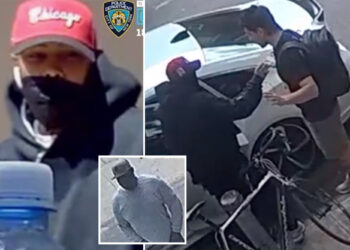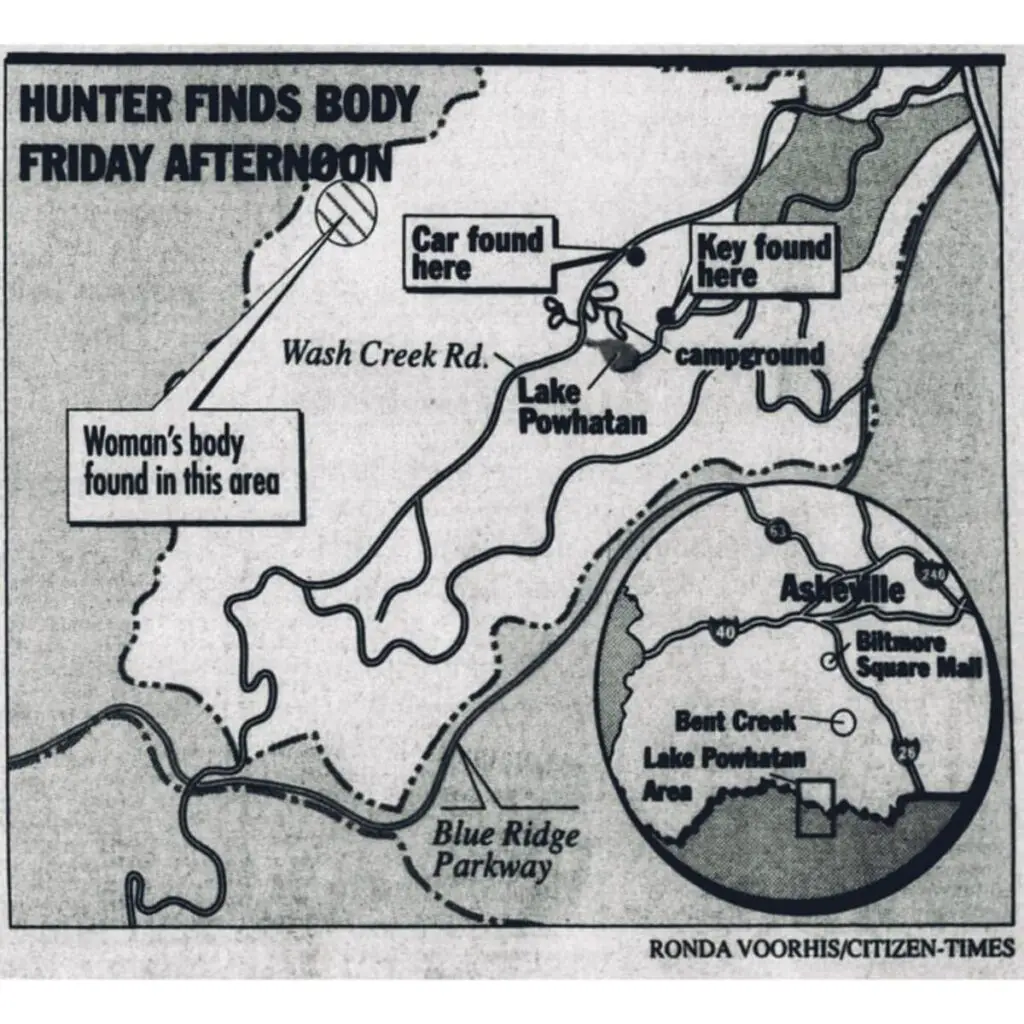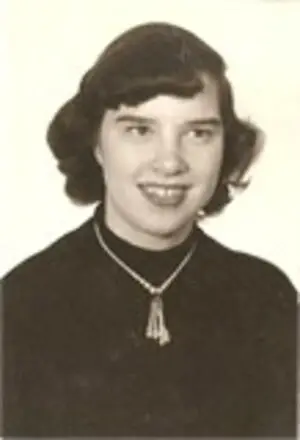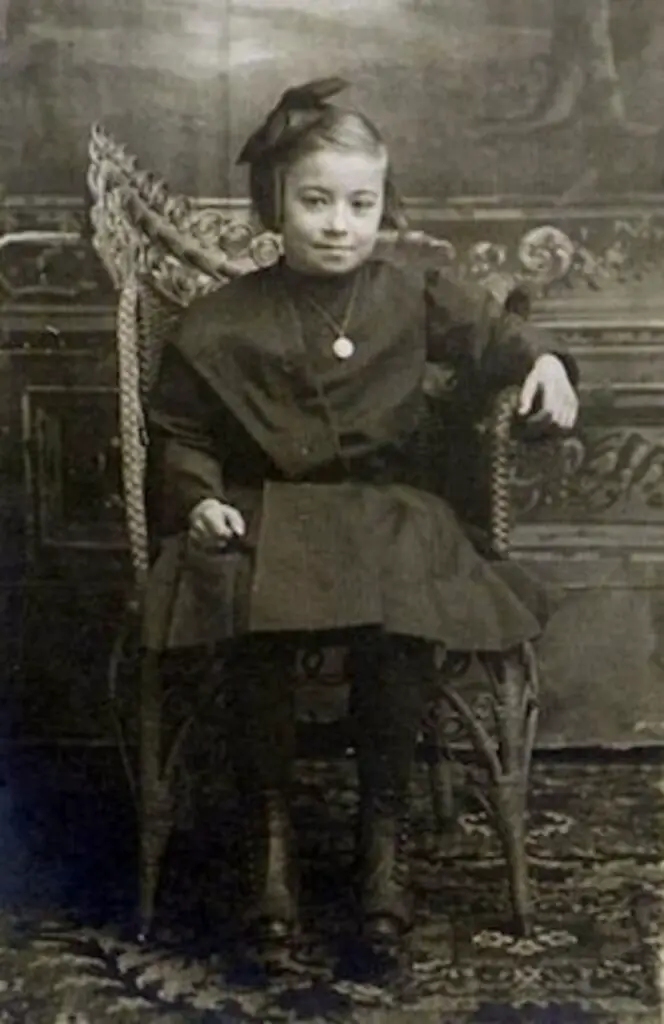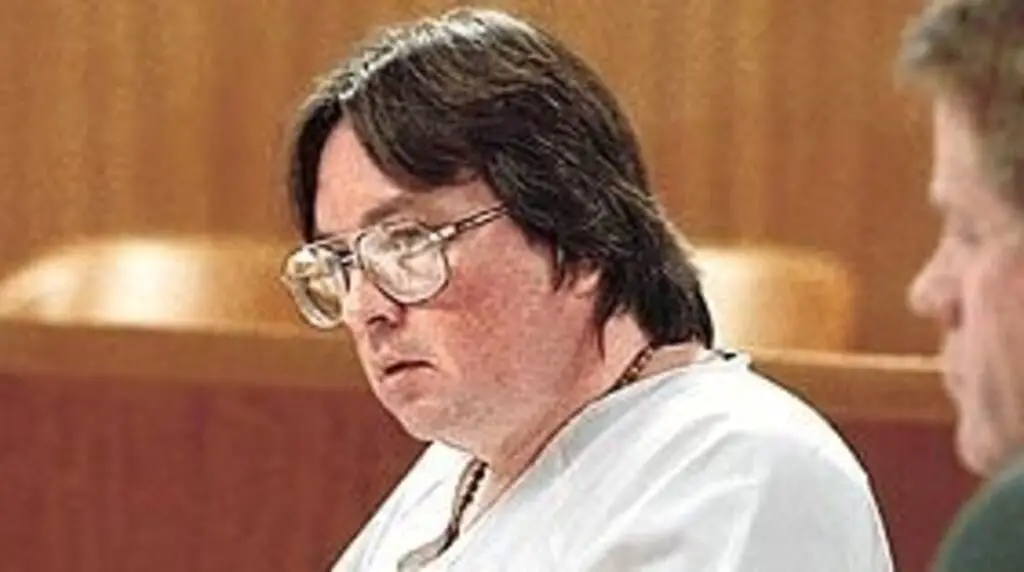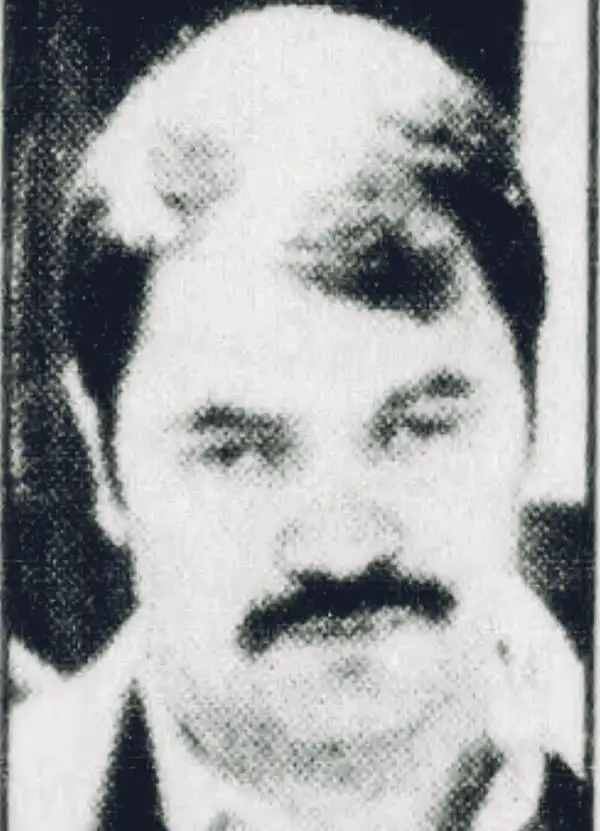Cleveland police officers stop thousands of people every year, mostly to hand out traffic tickets. In 2023, the department reported making nearly 17,000 stops — about 45 a day. More than 700 of those were Terry stops, where officers briefly question a person they suspect might be involved in a crime. Nationally, a Terry stop has become known as a stop-and-frisk.
This practice has always been controversial, especially in communities of color where the use of field interrogations has caused friction and eroded trust. A U.S. Supreme Court decision related to a Cleveland arrest, Terry v. Ohio, established the power of police to stop, question and search people they suspect of wrongdoing.
In 2014, a U.S. Department of Justice investigation found that Cleveland police officers were falling short of the court’s standard, which required them to have reasonable suspicion to stop people.
Officers weren’t noting why they stopped people in their reports, and Black residents told investigators they felt targeted by police. Federal officials stopped short of accusing the department of racial profiling.
After that, Cleveland officials signed a federal consent decree and agreed to update department policies on stops and searches. As a result, the department now tracks who is stopped and why, to keep officers accountable and make sure the department isn’t violating the Fourth Amendment, which protects against police searching people without reason.
That’s how we know that nearly 70% of the people involved in Terry stops in Cleveland in 2023 were Black — and that nearly half of the stops didn’t lead to any further police action.
For more on the history and rules of Terry stops and how Cleveland handles them today, we answered some common questions. We’d like to hear your related experiences: Have you been stopped and questioned or searched by Cleveland police? Share your experience with our team.
What happened in the case that led to the Ohio v. Terry decision?
In the early afternoon on Halloween 1963, Cleveland police Detective Martin McFadden said he saw John W. Terry, Richard Chilton and Carl Katz repeatedly looking into the windows of a downtown jewelry store.
McFadden said he suspected the men were casing the shop and stopped them. McFadden patted them down and found guns on Chilton and Terry. He arrested them.
At trial, Terry’s lawyer argued that McFadden’s search violated the Fourth Amendment. Cuyahoga County Judge Bernard Friedman ruled that Terry’s suspicious behavior was enough reason for the officer to search him. Terry was charged with carrying a concealed weapon and found guilty.
Terry’s case eventually worked its way up to the U.S. Supreme Court. His attorney, Louis B Stokes, argued McFadden did not have enough evidence to search Terry and that McFadden’s self-professed “intuitive sixth sense” was not enough justification to stop and search the men. Stokes in 1968 became the first Black congressman elected from Ohio.
The Supreme Court issued a decision that gives police the power to stop, question and search people if officers suspect them of wrongdoing.
Justice William Douglas disagreed with the court’s majority opinion and forewarned of a power shift.
“To give police greater power than a magistrate is to take a long step down the totalitarian path,” he wrote.
The morning following the 1968 decision, then-Cleveland Police Chief Michael J. Blackwell told the Cleveland Press, “We are not going to use this privilege indiscriminately or abuse it. It will depend on the individual officer make the decision whether the circumstances warrant a stop and search.”

What makes it a Terry stop?
As police patrol city streets and neighborhoods, they approach and question people who are walking, driving or riding bicycles. In some cases, people chat with police voluntarily and move on.
Most police encounters are for a specific reason. Maybe a driver is speeding or a vehicle has a broken tail light. The officer sees a traffic violation and pulls the car over. Or an officer uses a traffic violation — like illegally tinted windows — to stop someone they suspect of a more serious crime so they can gather more information. That is called a pretextual stop.
When police make what’s called a “Terry stop” — named after the Supreme Court case — they briefly detain a person while officers investigate whether they are involved in criminal activity. Police can also pat down a person for weapons.
Law enforcement officers can stop a person whom they suspect was involved — or is about to be involved — in a crime. To do so, they need to be able to point to specific facts or observations that lead them to that conclusion.
Officers can rely on things they witness, information from other people and their own professional experience. Often, it takes more than one factor to add up to reasonable suspicion.
For example, being in a high-crime area alone is not enough reason to stop a person. Being in a high-crime area and fleeing from police could add up to reasonable suspicion.
Common reasons Cleveland police gave in 2023 to justify Terry stops were that a person matched a description of a suspect in a crime or that children were out past curfew without an adult.
What isn’t evidence of reasonable suspicion?
Certain things, such as past arrests, are not a good enough reason on their own to stop a person. Police aren’t supposed to consider it suspicious if a person refuses to talk to them. Openly carrying a firearm also doesn’t give an officer reasonable suspicion for a stop or a search. Neither does an anonymous tip alone.
How does this work in Cleveland?
In Cleveland, the police department’s policy spells out what officers can consider when stopping a person to investigate a crime. In the past, the only way the city monitored officers was through their supervisors or if a person filed a complaint, according to a department report. Now, officers are also supposed to report in detail what led them to stop or question a person. The department tracks information about each stop, including where it happened and the race and age of the person involved.
Here’s what officers can consider:
- A person’s appearance, including race, ethnicity, age or gender — but only if there is an open investigation with a person who fits that description.
- A person’s actions. Are they running or making unexplained movements? Do they seem nervous?
- Do police know the person has a history of arrest? Is the person in an area where a crime was recently reported or has high levels of criminal activity?
- Is it unusual for people to be in this area at this time?
- Based on an officer’s training or experience, is the way a person looks or is acting consistent with criminal activity?
What about stopping children? Does it work the same way?
Officers are supposed to take into account a child’s age and whether they might have a disability. A little over one of every seven Terry stops by Cleveland police in 2023 involved a child. A department policy states officers should consider how a child might respond to being stopped by police — including running or talking back. Those things alone can’t be considered evidence of a crime.
The policy also notes other common reactions, including:
- Freezing up.
- Ignoring what officers tell them to do.
- Assuming they’ll be unfairly treated.
Who gets to decide whether an officer made the right decision?
In Cleveland, supervisors review the reasons for each stop.
If a supervisor thinks an officer lacked reasonable suspicion or probable cause, which is an even higher level of evidence, they are supposed to report that up the chain of command within a week.
In 2023, Cleveland police supervisors determined that officers were near-perfect in the reasons they gave to justify stopping people.
Has anyone from Cleveland challenged an officer’s decision?
People have a few ways to challenge an officer’s decision to stop and search them. They can file a complaint with Cleveland’s Office of Professional Standards, which will investigate.
Officers’ actions can also be challenged in court. That’s what Clevelander Louis Simmons did after he was searched and arrested outside of Harvard Deli on the city’s southeast side in 2006.
A Cleveland police car made a U-turn and pulled onto a sidewalk in front of Simmons, according to court records. The arresting officer later testified that Simmons had an “Oh, shit, it’s the police” look on his face.
Officers got out of the car and asked Simmons for his identification. Then police frisked Simmons and found a vial of crack cocaine and a small bag of marijuana.
Simmons was charged with drug possession and trafficking of crack cocaine, a fourth-degree felony.
In a rare move, appeals court judges cleared Simmons’ conviction and found that police had violated his Fourth Amendment rights. They found that Simmons being in a high-drug area and having a startled look on his face wasn’t enough reason for an officer to stop and search him.







